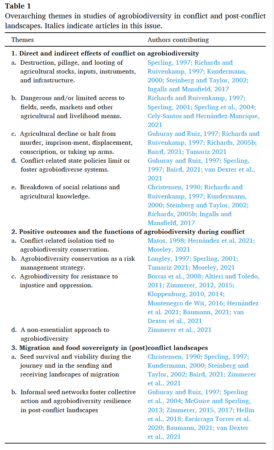This is definitely a new one for me. A genebanker and a poet have collaborated, and the result is Parchment Scalpel Rock: What’s Up, Doc?, a digital exhibition from Coventry Creates. Here’s a taste:
…genebanks are magicians’ hats from which all researchers
can magic the whole genepool’s variation when they need…
The genebanker is Charlotte Allender of the UK Vegetable Genebank:
I have never worked with a poet so I was excited to be paired with George and we had some really enjoyable discussions about carrots and the various drivers which underpin the current production systems which supply UK supermarkets. I was fascinated by George’s approach, where I had some input into the curation of his verse and the selection of pairs of lines for the final booklet.
And the poet is George Ttoouli:
Bringing Charlotte in to help me edit and curate the lines felt necessary, collaborative. I’m interested in decentering authorship, my own and that of others, through processes. With a little more time, I would have loved to devise a project to allow the rabbits (and hares) at Charlotte’s research centre to curate their own sequence of the poems I produced.
See what you think, and provide feedback on the Coventry Creates website.
